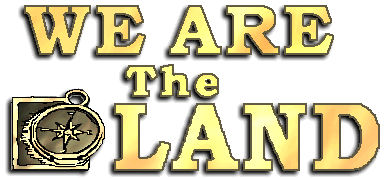Even today, the wilderness is never far from us. The mystery of the frontier and the challenge of survival in this vast unknowable land have repeatedly been described as constituting the essence of Canadian identity.
Many of those who helped to open up and settle their new homeland have achieved heroic stature. Northern explorers, voyageurs, settlers and surveyors have all been exalted for their contribution in taming the wilderness.
Samuel de Champlain and Étienne Brûlé represent complementary approaches to the new homeland. Champlain was a visionary with a dream of colonizing the continent. He has become known as the father of New France. Brûlé, on the other hand, was North America’s first frontiersman. He travelled the wilderness, mastered several Native languages, and served as a guide to Champlain and those who wished to settle the land.
Canada’s pioneers have been glorified collectively for the hardships they endured to build settlements in a harsh, alien land. They came at first in small numbers to the east coast, and later moved in successive waves of settlement that reached further west and into the northern frontiers.
Northern exploration captured the imagination of people all over the world. John Franklin’s attempt to live in the Arctic by European means of survival ended in tragedy. Later explorers learned from the Inuit how to survive in the harsh North.
Sir Sandford Fleming was engineer-in-chief for the construction of the Canadian Pacific Railway. He oversaw a huge undertaking that linked the ends of this country and assumed tremendous symbolic meaning for Canadians.




